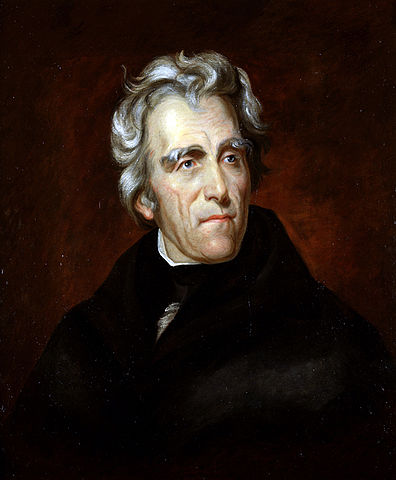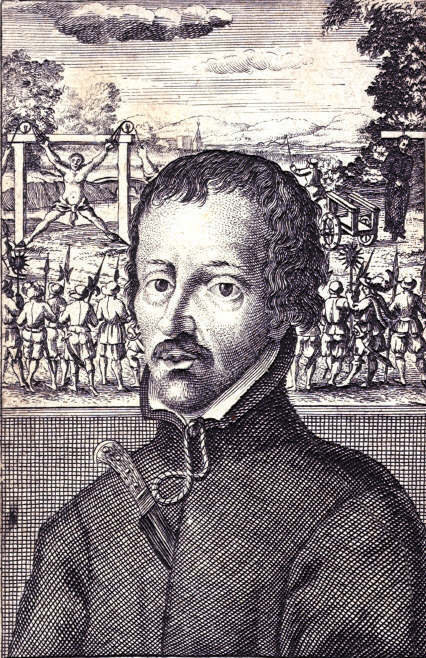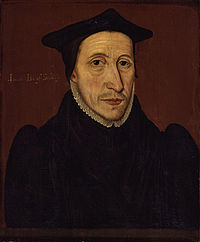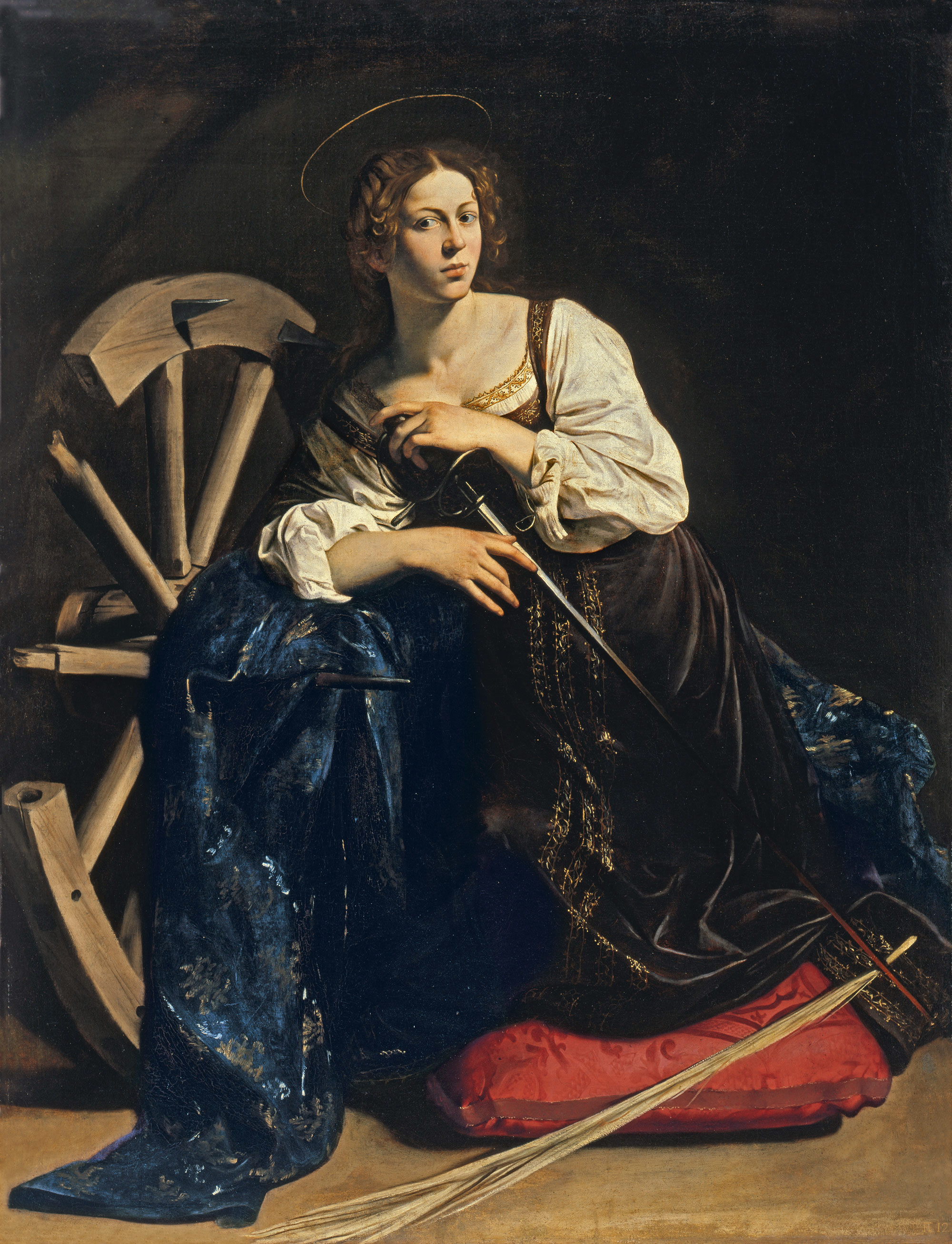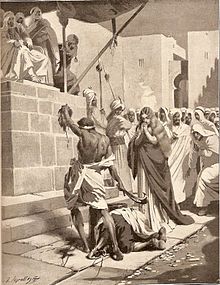1824 American presidential election controversy
Those Americans who complain that their candidate for president was not elected despite having won a plurality of the popular vote; those who complain about “fake news” influencing the election; and those with qualms about the electoral college, should examine the election of 1824.
When voting ended on December 2, 1824, Tennessee’s Andrew Jackson was found to have received the most votes (41.4%), outpolling John Quincy Adams, William H. Crawford and Henry Clay. All four were from the Democratic-Republican Party which had failed to unite behind a single candidate. Jackson, however, had fallen short in electoral college votes — needing 131 to win, he had received only 90. The Twelfth Amendment of the constitution stated:
The person having the greatest Number of votes for President, shall be the President, if such number be a majority of the whole number of Electors appointed; and if no person have such majority, then from the persons having the highest numbers not exceeding three on the list of those voted for as President, the House of Representatives shall choose immediately, by ballot, the President. But in choosing the President, the votes shall be taken by states, the representation from each state having one vote; a quorum for this purpose shall consist of a member or members from two-thirds of the states, and a majority of all the states shall be necessary to a choice.
Thus, the 1824 election rested in the hands of the House of Representatives on February 29, 1825. Henry Clay, who detested Jackson, threw his support behind Adams with the result being an upset victory for the man from Massachusetts. Rumours accused Clay of having been bribed by Adams with the offer of the position of Secretary of State, the so-called Corrupt Bargain — and indeed, that was the post taken up by Clay in the Adams administration.
The 1828 rematch saw Jackson at last triumph over Adams.
